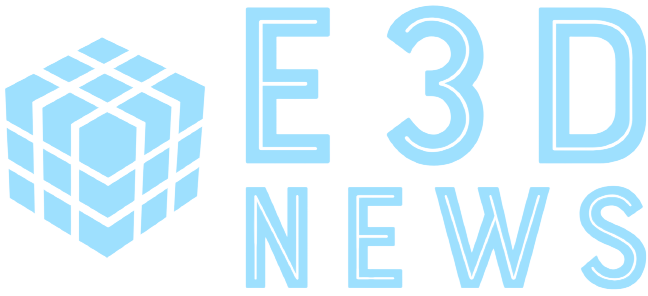We reported that surveillance is more likely to target low income students, new science published in the journal of criminal justice points to the negative effects that surveillance is having on our students.
The article, published by Odis Johnson Jr. of Johns Hopkins and Jason Jabbari of Washington University in St. Louis, found that the “surveillance measures may have increased the capacity of schools to identify and punish students for more common and less serious offenses”.
And in addition to increased punishment, “the infrastructure of surveillance reduces test scores in mathematics and college enrollment altogether for suspended and non-suspended alike”. The authors suggest that this indicates “negative spillover effects” and that the effects are felt especially strongly by black students “given their overrepresentation in high-surveillance schools”.
Some of these facts were easy to suspect without the study. It makes sense that a student suspended more often would see the quality of their education decline, and it makes sense that schools with increased surveillance will catch more students in even minor wrongdoing and punish them for it (in a truly vicious cycle).
But these effects persist for students who were not suspended too. Those who did not come into direct contact with the increased punishments being doled out to their peers still felt the negative effects of the surveillance.
This also means that the benefits conferred by increased safety are more than wiped out by the presence of surveillance. Science has demonstrated that school safety can have a positive impact on performance, but positive effects on learning of increased safety was counteracted by the effects of surveillance on these schools. It is worth asking whether students in high surveillance schools “felt” safer than students in schools with similar behavioral problems with lower surveillance. It seems possible that the positive educational effects of having a safer school depend more on each students’ subjective sense of wellbeing, something that is likely to suffer with the regular campus suspensions or arrests.
Over the past decade we’ve seen an increase in almost every type of safety measure, and while many of them fall into “surveillance” like security cameras or police officers on campus, measures like locked doors seem less likely to create some of the “negative spillover effects”, although more science should be done before that is considered conclusive.
Either way, it is possible that the increase has led to a higher “safety tax” and might even be hiding what would otherwise be gains by the students who experience the increased surveillance.
But even with the recent high profile school shootings, there has been a general trend downwards in “victimizations” on students. By the metrics, our schools are getting safer, although there don’t appear to be as much gains since 2009, which is where the chart above starts.
Safety matters, but surveillance might be a cure that is not a lot better than the disease, something that might be especially important in EdTech right now, given the amount of school surveillance spending right now.
More Stories
A Boomer’s view of Student Debt
Student loan forgiveness has been in the news again recently with the White House announcing $5.8b additional student loan debt...
Justin Reich on Learning Loss, Subtraction in Action, and a future with much more disrupted schooling
Justin Reich is an education and technology researcher and the director of MIT’s Teaching Systems Lab. He hosts a podcast...
Public K-12 Enrollment is falling and that is dangerous and exciting
A surprising result of COVID and the resulting school closures is that many parents, after struggling to figure out how...
Esports could help re-diversify a shrunken curriculum
Esports and schools feel like a pretty strange fit. Regular sports have always gone with schools, but adding esports still...
People aren’t flipping out for flipped classrooms like they used to
Flipped learning, a new strategy for teaching that flips the traditional idea of classroom lecture followed by homework on its...
Review of “How to Raise Successful People” by Esther Wojcicki
This is an interesting book with the perspective of a unique person that ultimately falters because of the blind spots...
